- Home
- Technology
- Ricoh's Technology
- Laser Marking on Transparent Resin
Laser Marking on Transparent Resin
Background
Plastic garbage is a global concern, and Japan has formulated a resource circulation strategy for plastics. The strategy sets out a milestone: to attain 100% utilization of used plastic by 2035 by reusing, recycling, or by other means. Accordingly, efforts are being made to promote bottle-to-bottle recycling.
To recycle a plastic bottle, you need to remove the label from the bottle because they are made from different materials. Typically, a bottle is made of PET (polyethylene terephthalate) resin and a label is made from a different type of resin.
In the event there wasn't any label, clearly you wouldn't have to peel one off in order to make your bottle recyclable. Yet, information is required to be displayed on the bottle, so other means would need to be created in order to display the necessary information on the bottle.
Ink must not be directly printed onto plastic bottles, as in order to maintain recyclability, the guidelines from the Council for PET Bottle Recycling prohibit direct printing of materials other than PET on plastic bottles.
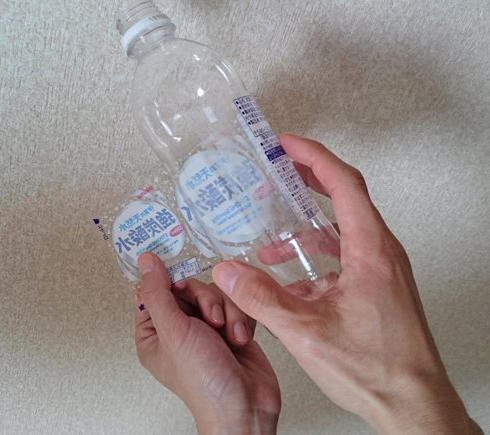
Solutions
A promising alternative is to use a laser to alter the surface of a plastic bottle. Lasers can be used to draw fine patterns directly onto the surface of a plastic bottle, allowing information to be displayed without using ink. With this new alternative, labels can be eliminated, and therefore plastic garbage reduced.
This technology will benefit consumers, beverage manufacturers, and recycling companies alike. Consumers will no longer need to peel off labels and they will spend less time classifying their recycling, thereby increasing their likelihood to recycle. Beverage manufacturers will be able to reduce the cost of printing labels and make their products more environmentally friendly. Recycling companies will be able to reduce costs as they no longer need to remove any unwanted labels. Thus, circulative recycling will be promoted through coordination among these three sectors.
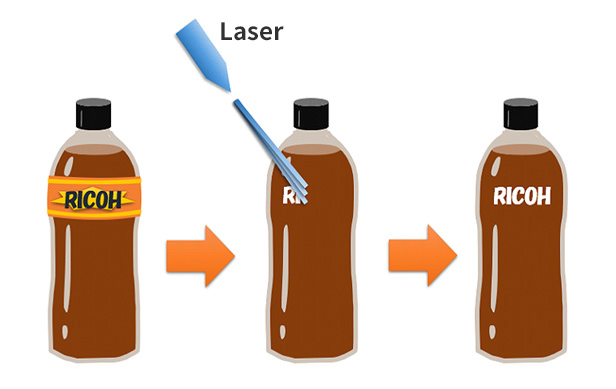
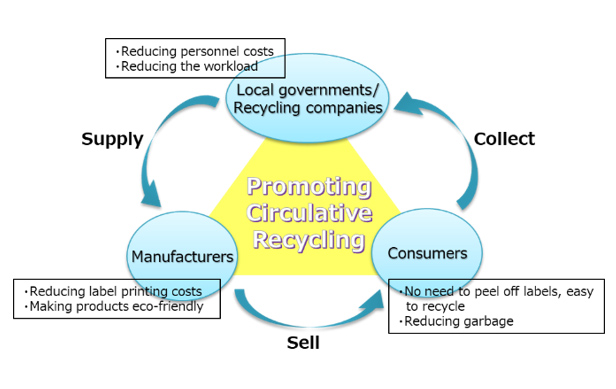
Technical highlights
Ricoh's new technology uses a laser beam to mark plastic bottles and can draw letters as well as patterns on them.
1. Optical technology
The laser marking does not affect the properties of the plastic bottle. It only effects the surface (about 10 microns deep).
2. Laser control technology
High resolution allows small letters (about 6 pt) to be used for ingredient information. Logos and illustrated designs and patterns can also be used.
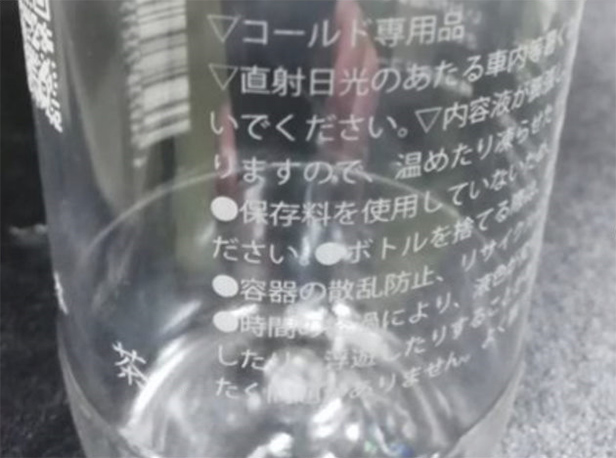
3. Printing process technology
By scattering the light we can maximize the whiteness of any print. The printed letters are easy to see.
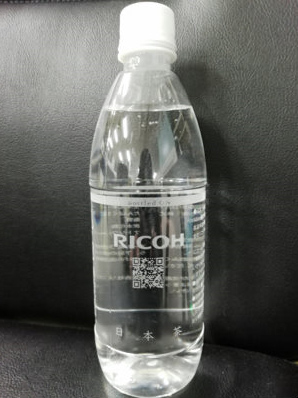
Ricoh's vision
Ricoh Group companies are striving tirelessly to develop solutions that reduce any adverse impacts on the environment at the same time as increasing their own recycling capabilities. In collaboration with beverage manufacturers and other related parties, Ricoh will promote circulative recycling by eliminating plastic bottle labels. Ricoh intends to extend the application of this technology from plastic bottles to other transparent resin products to provide new value.
Sorted by : field “Resource Conservation” “Precision Machining” “Devices”